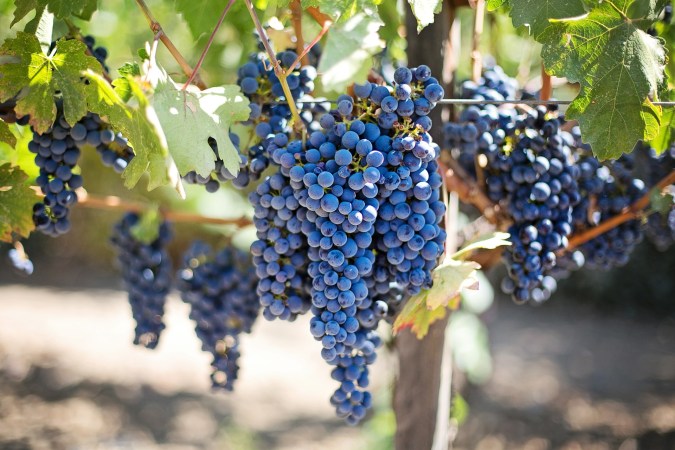

They don’t exactly look like the saviors of our energy economy, but that’s exactly what some researchers think they could be. Gribbles — tiny crustacean pests with a knack for digesting wood — have long been considered a marine parasite for the destruction they cause to wooden hulls and piers. But the enzymes gribbles use in to break wood fibers down into sugars could make them the next biofuels breakthrough.
Essentially, gribbles are blessed with a digestive process unparalleled (to our knowledge) by other wood-consuming insects and animals. Their digestive enzymes can break down woody cellulose and even lignin — the normally indigestible part of woody plants — creating sugars that are more or less ideal for fermenting into alcohol-based fuels.
A biofuel factory based on the gribble’s digestive biology could yield energy-dense sugars for biofuel production in an efficient manner. But of course there’s a give-and-take in the equation that involves feeding woody plant materials — like trees — into the process as fuel. But by pushing forward with more efficient means to convert woody cellulose into fuels — and perhaps by engineering woodier trees — we reduce the amount of organic matter we need to feed in to get the combustible stuff out.
The gribble — thorn in the side of harbormasters, plague of the age of sail — might just be good for something after all.















